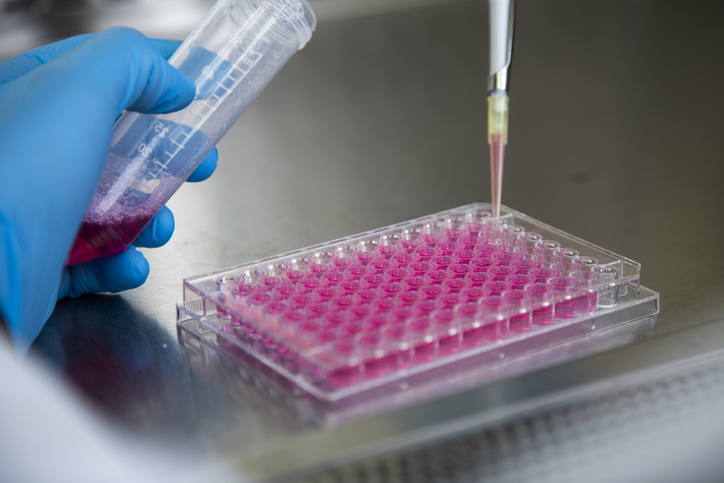By Gareth Macdonald
Choosing the right cell line is a critical part of biopharmaceutical process development. Getting it wrong can delay scaleup and hurt a drug’s commercial potential. The key to success is full characterization, according to the authors of a study, who outlines a new selection method that leverages data lakes, natural language generation, and advanced analytical technology to automatically identify the best cells.
The team—made up of researchers from University College London (UCL) and AstraZeneca—developed a data-driven approach called CLD4 that selects clones based on a range of data across the production process. It differs from current methods where selection is made based only on information available in the lab, says researcher Haneen Alosert, from UCL’s department of biochemical engineering and co-author of the study.
“Current cell line selection processes consider data at each screening stage respective to each processing scale,” she explains. “For example, only offline data related to cell growth at low volumes in addition to endpoint titer and product quality information are used to select the top cell lines. The cell lines are then cultured at different scales, where processing conditions have an impact on cell line performance, which ultimately affects the decisions made to select lead cell lines.
Different criteria
“The new approach discussed in the paper takes into account different criteria related to processing conditions, growth profiles, productivity, and product quality features, which are analyzed using a manufacturability Index metric. This uses a weighted sum approach that summarizes how the cell lines perform based on their ranking within each criterium and the relative importance of each criterium. Therefore, it simplifies the decisions to select leading cell lines using a [basic] metric.”
The centrepiece of approach is the “manufacturability” index Alosert and colleagues developed. The index is built using data from multiple process parameters—such as growth profiles, processing conditions, productivity, and quality information—recorded as a range of scales.
The index is used to assess candidate cell lines and assign each a manufacturability Index (MI) metric that can be used to rank those that are likely to be the most productive in commercial-scale culture, according to Alosert.
“This allows the user to generate results using the MI metric,” she continues. “Once the MI is calculated, a rule-based natural language generation (NLG) algorithm using the MI records and metadata not utilized during the CLD decision making process is employed, which relates to the therapeutic product’s commercial potential.
“The metadata extracted in this case would be specific to each company, e.g., the manufacturing capacity that influences the company’s portfolio management and budget planning procedure, which were found to be essential.”


